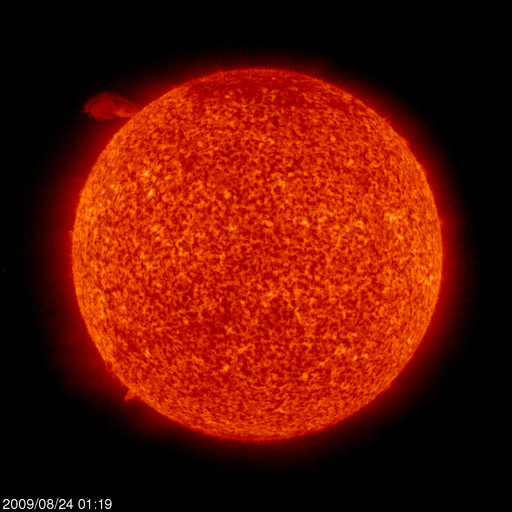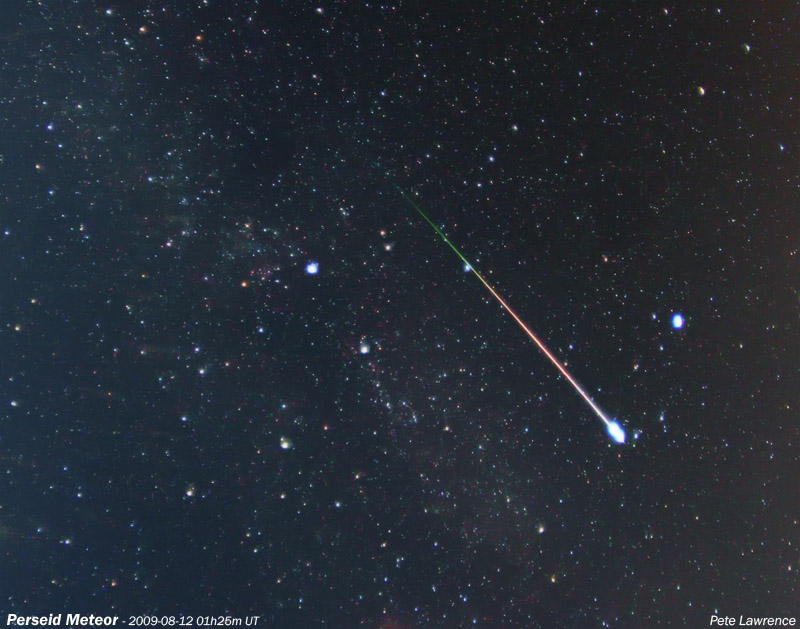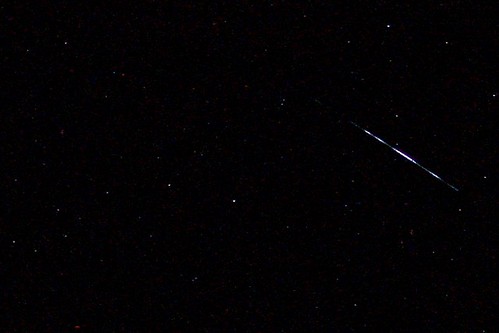The Sun has an 11 year cycle of activity - and we're currently in a low point. There has not been a single spot on the Sun for 45 days in a row! That means that we are now in the deepest solar minimum for a hundred years (and that we cannot blame the Sun for global warming).
Being that there are no Sun-spots, you might think that it is a bad time to be using a solar telescope - but that is not the case (which is fortunate for us here at Sussex since we have two solar telescopes that are available for schools to use!).
Take a look at this image taken by the SOHO observatory...

Even when the Sun is in a quiet state, jets of hot gas can be seen though a solar telescope. For the latest images, take a look at the SOHO realtime data page.
And remember, never look at the Sun directly since it will damage your eyes. Always use equipment with the appropriate solar filters.




